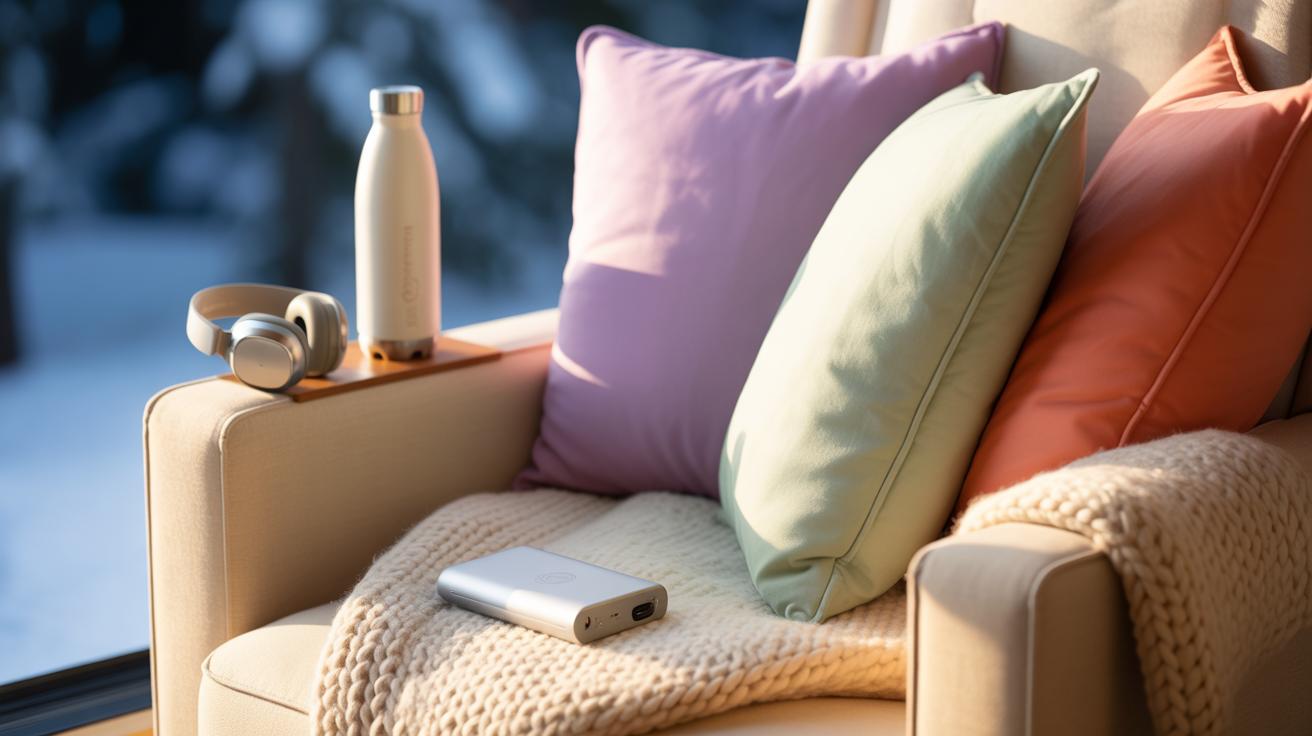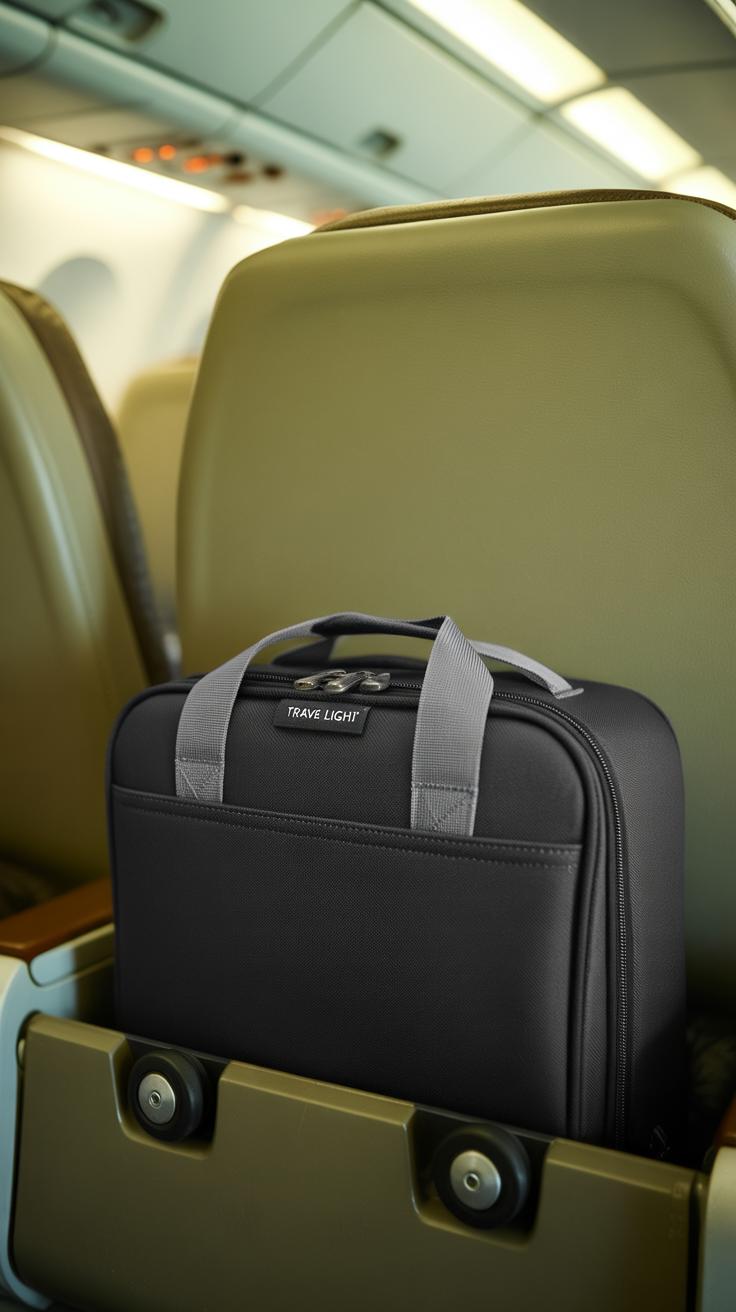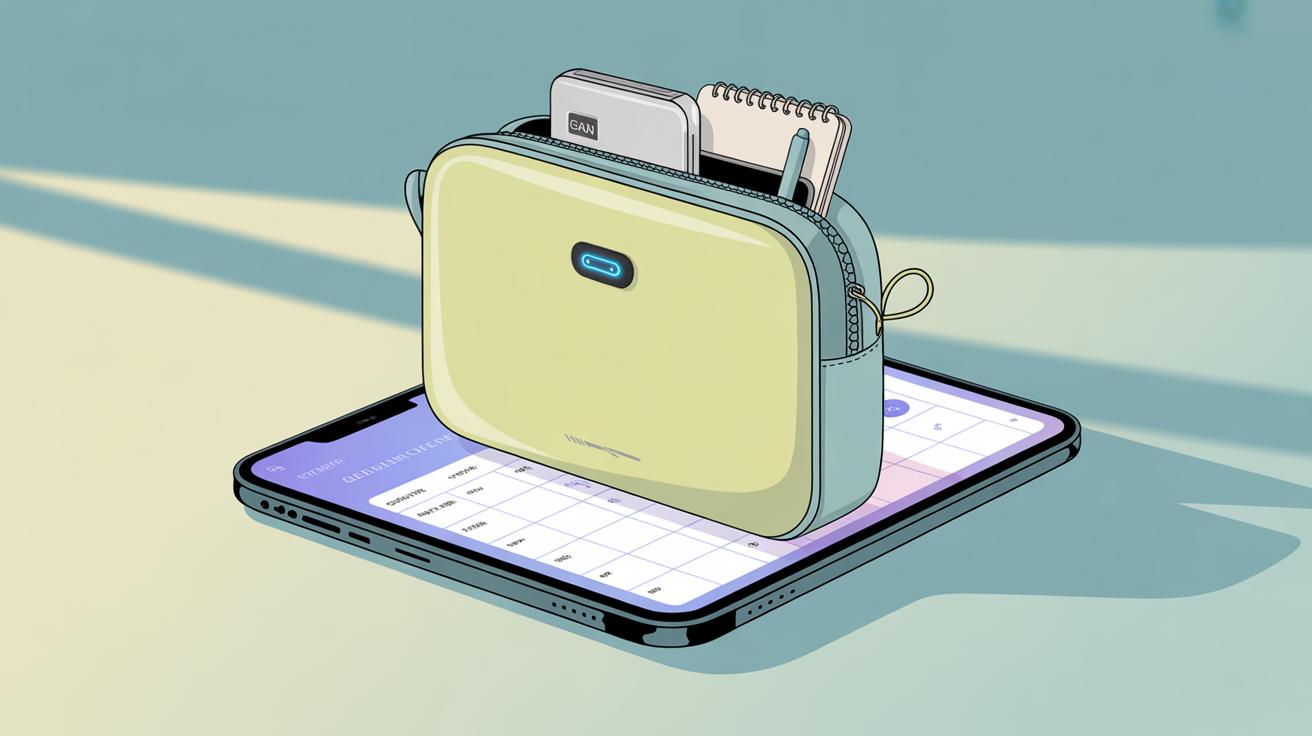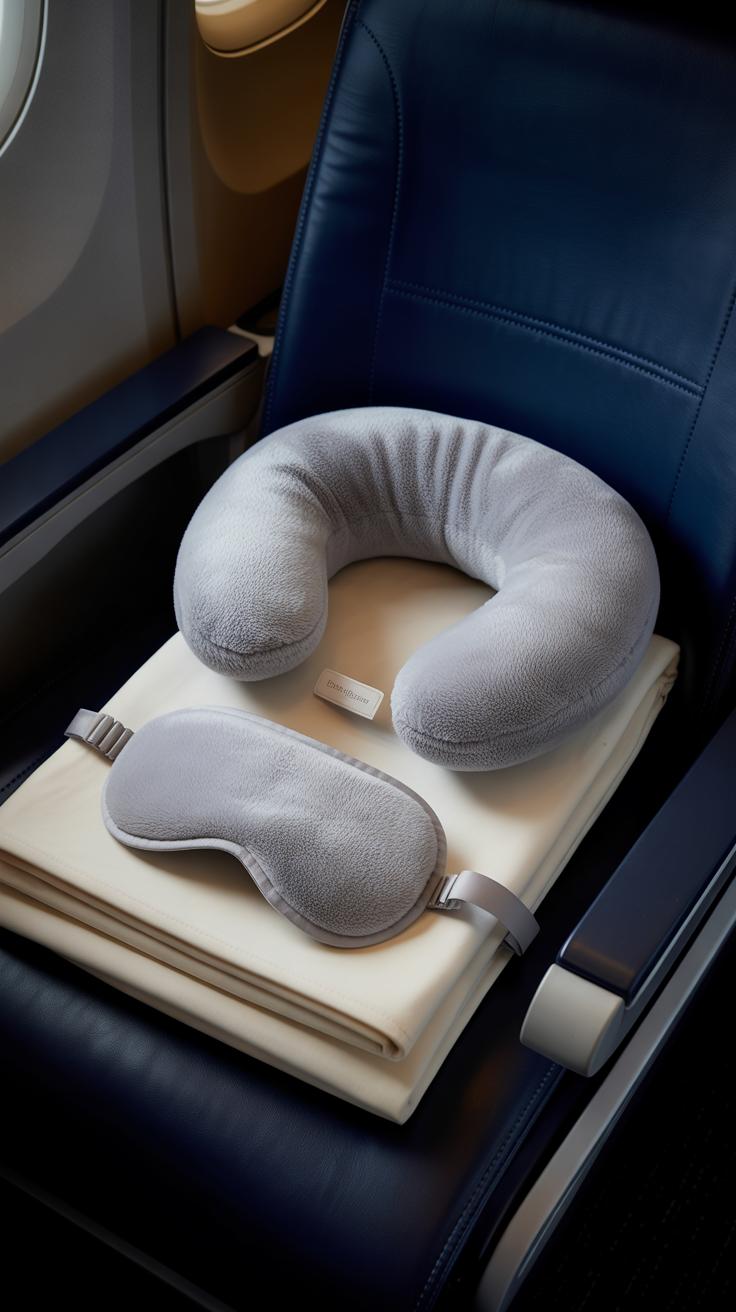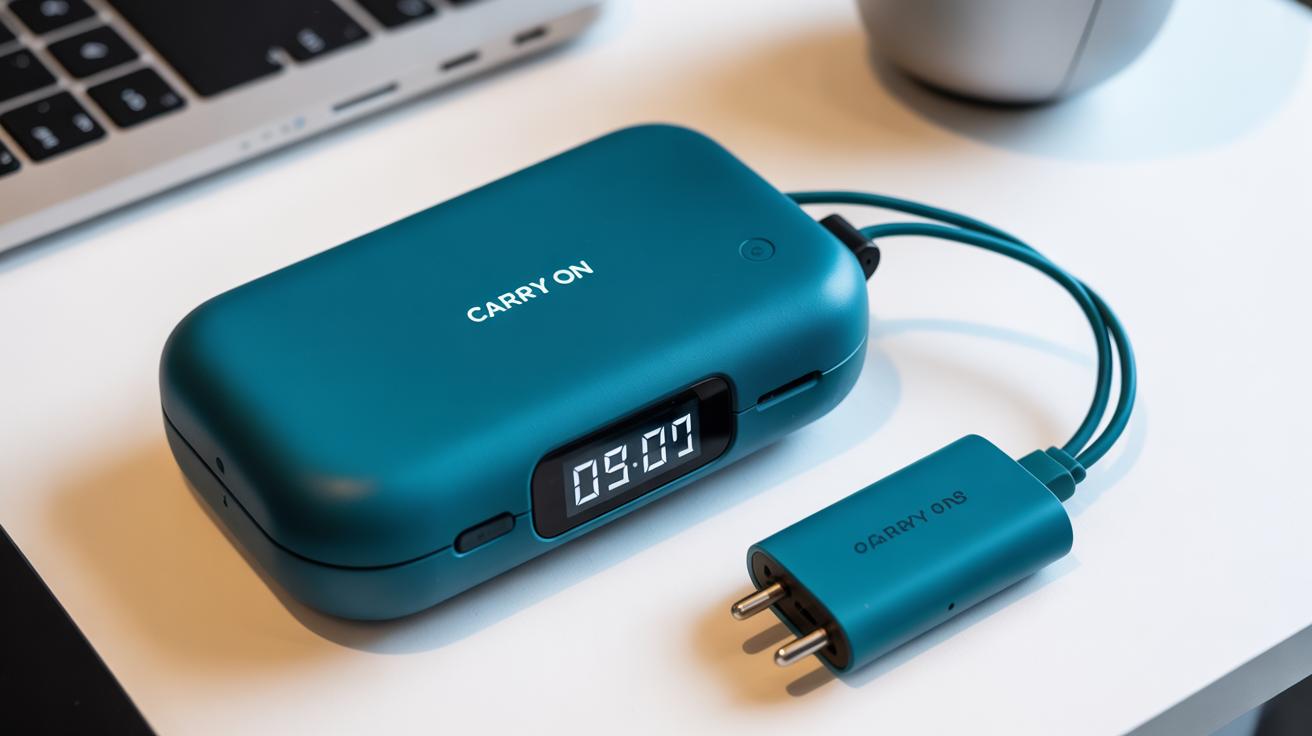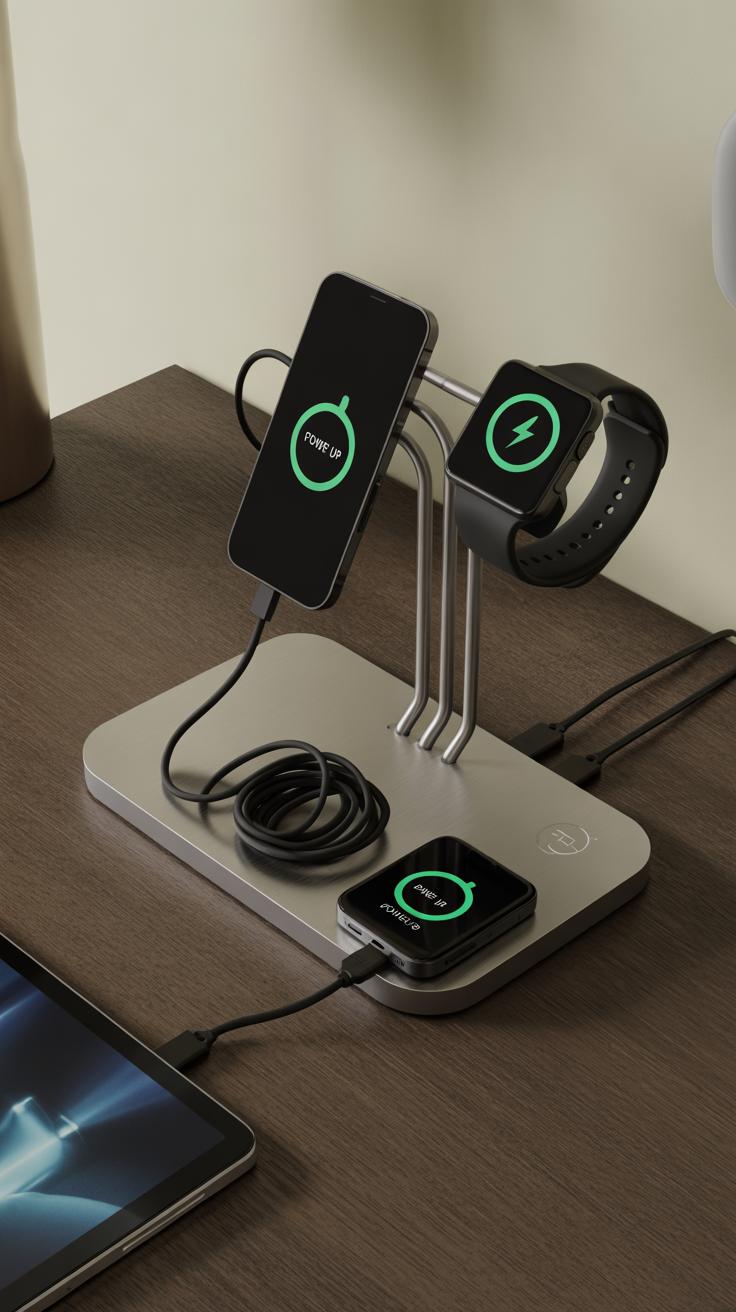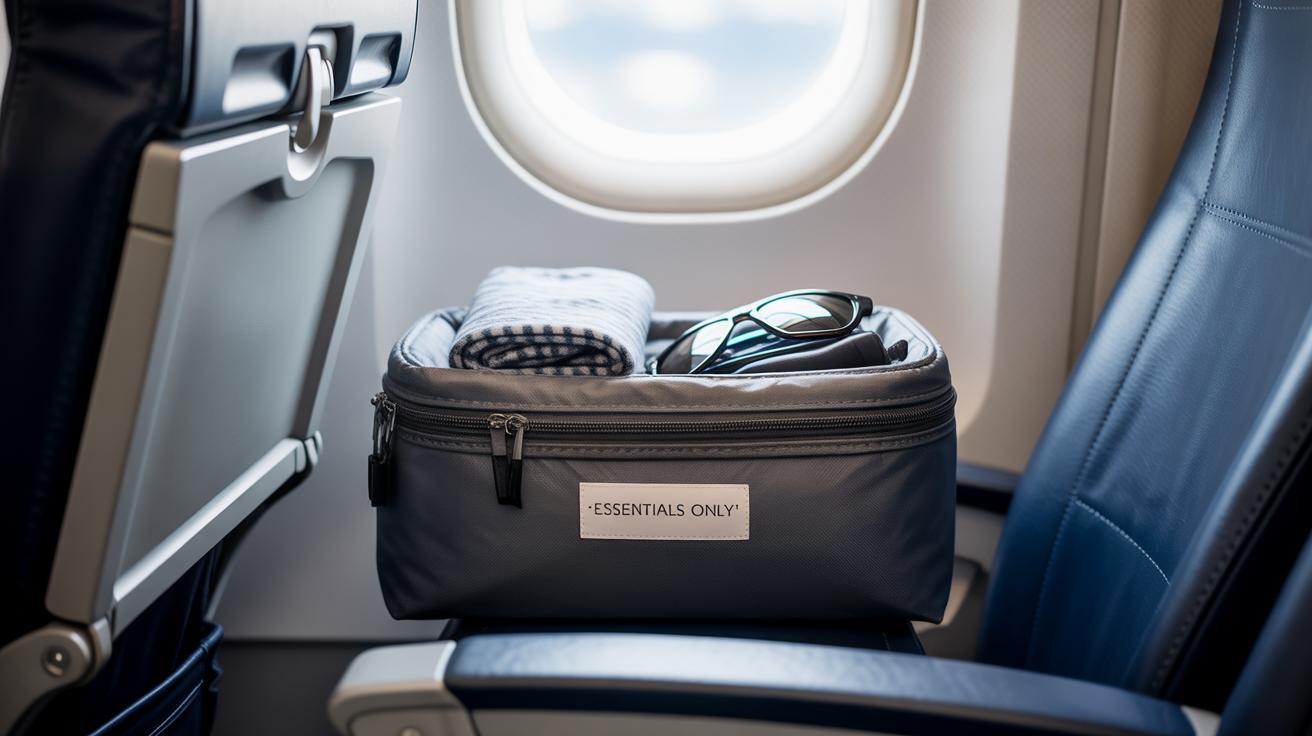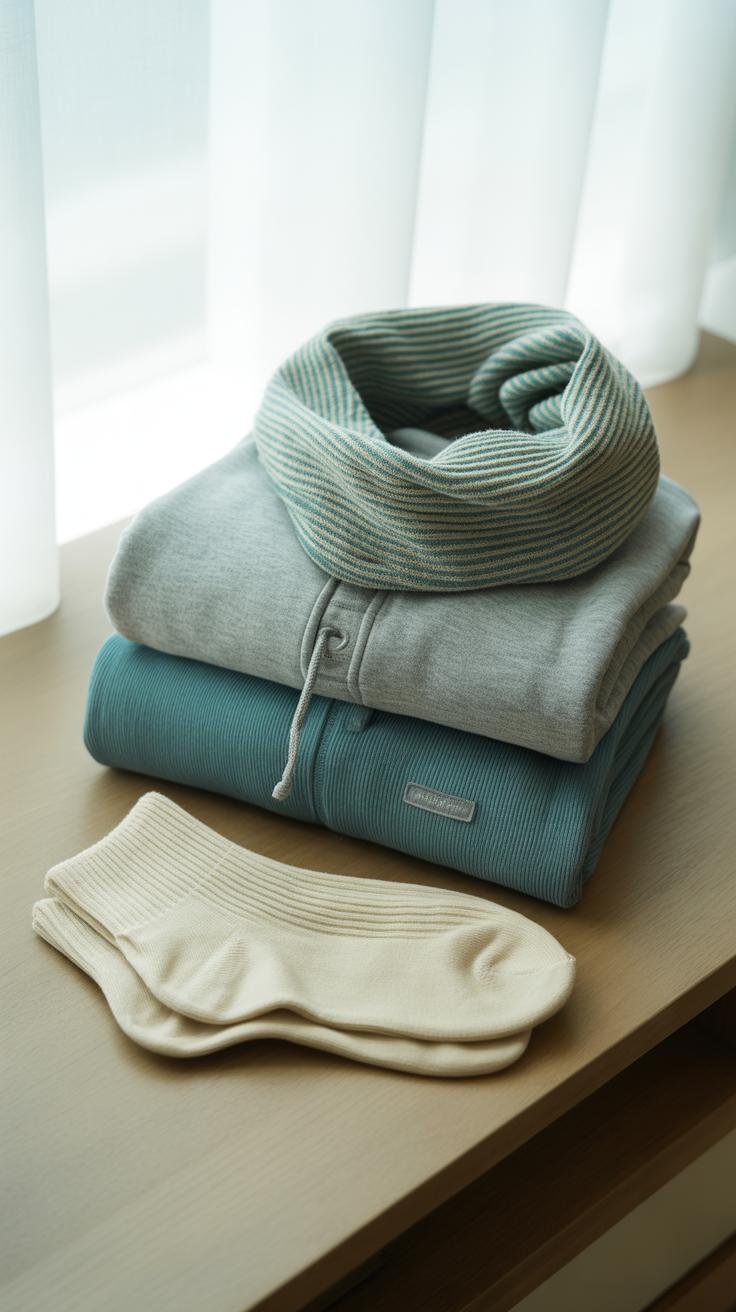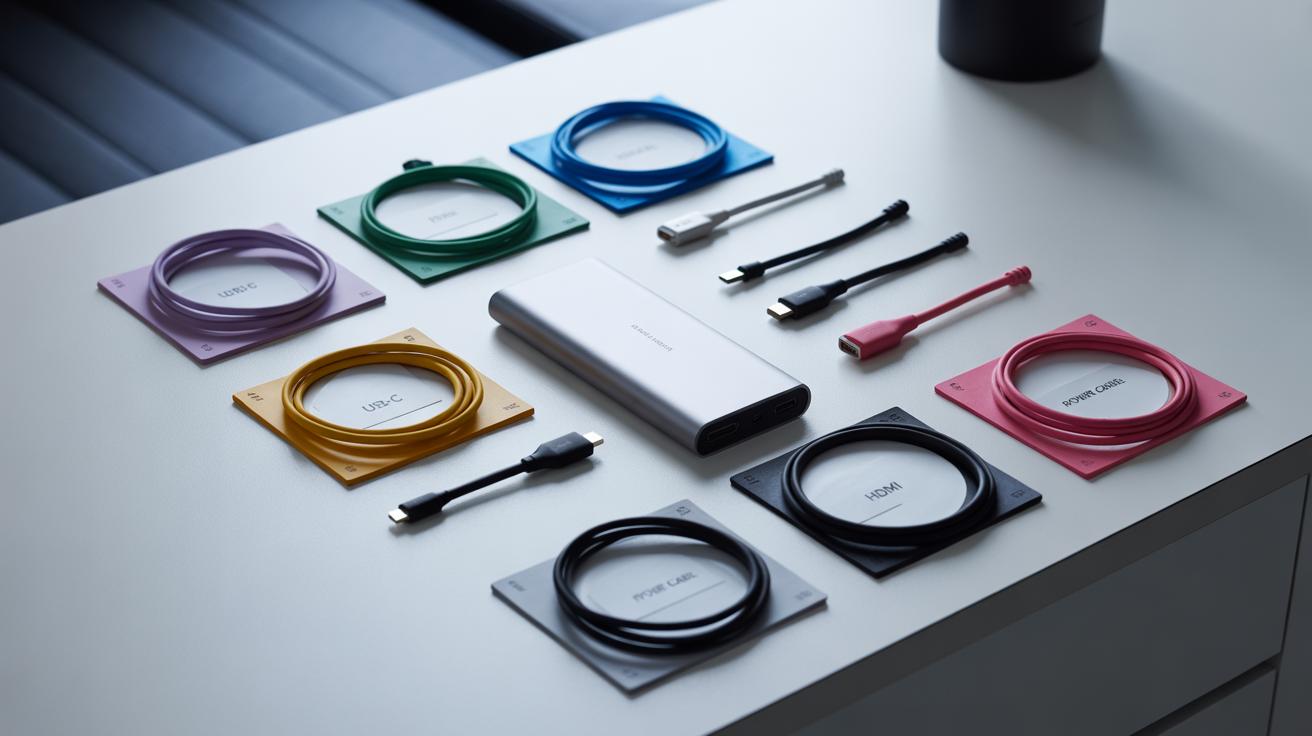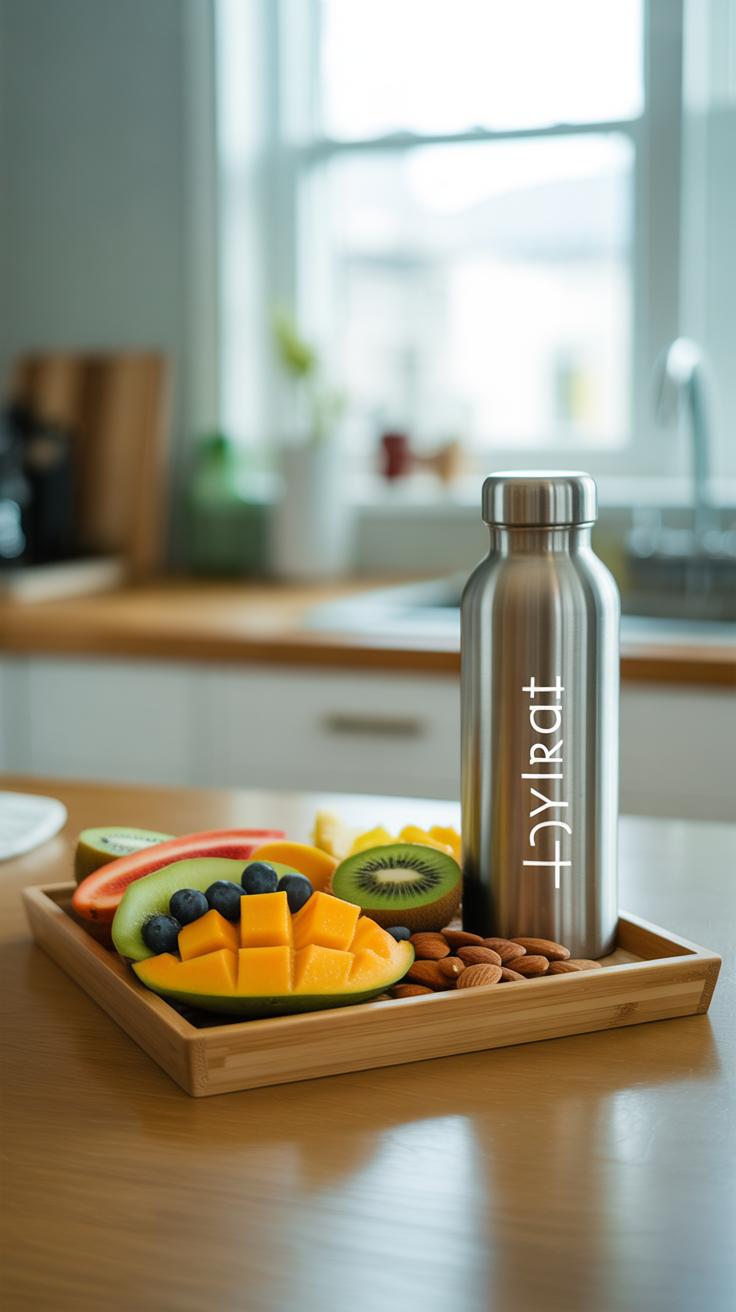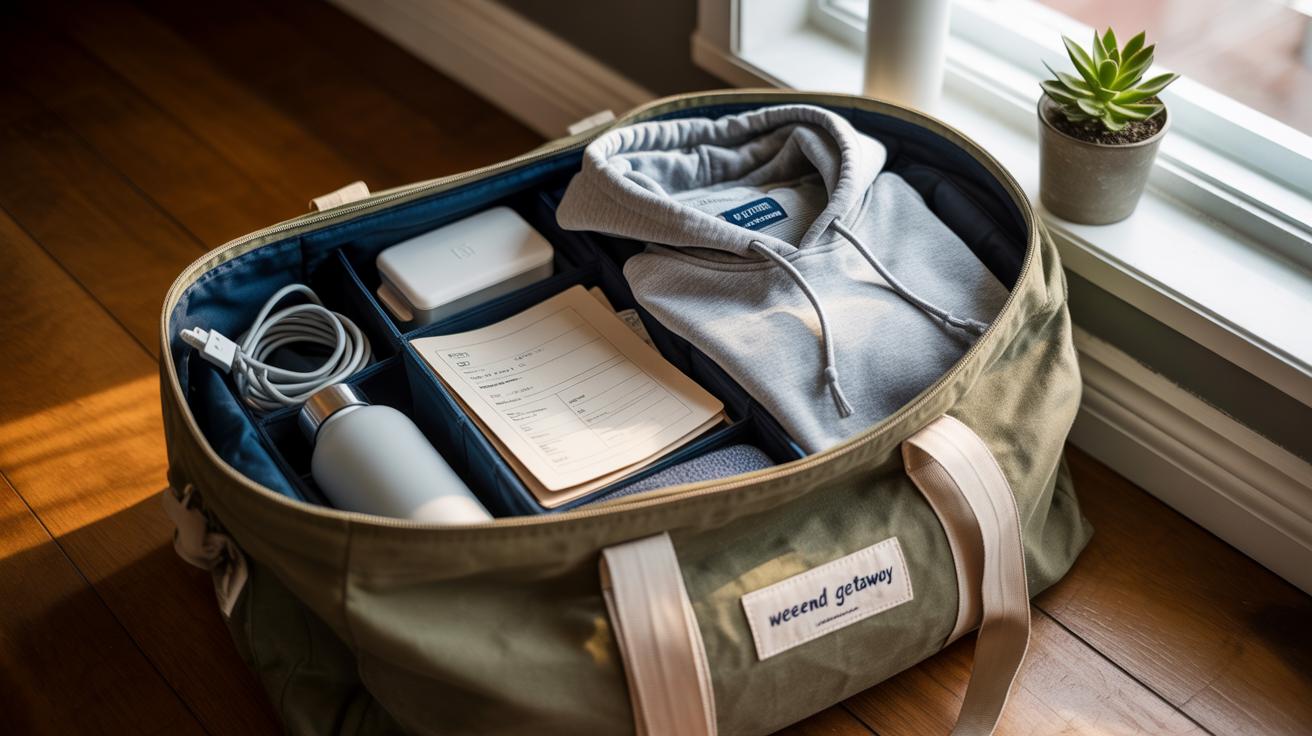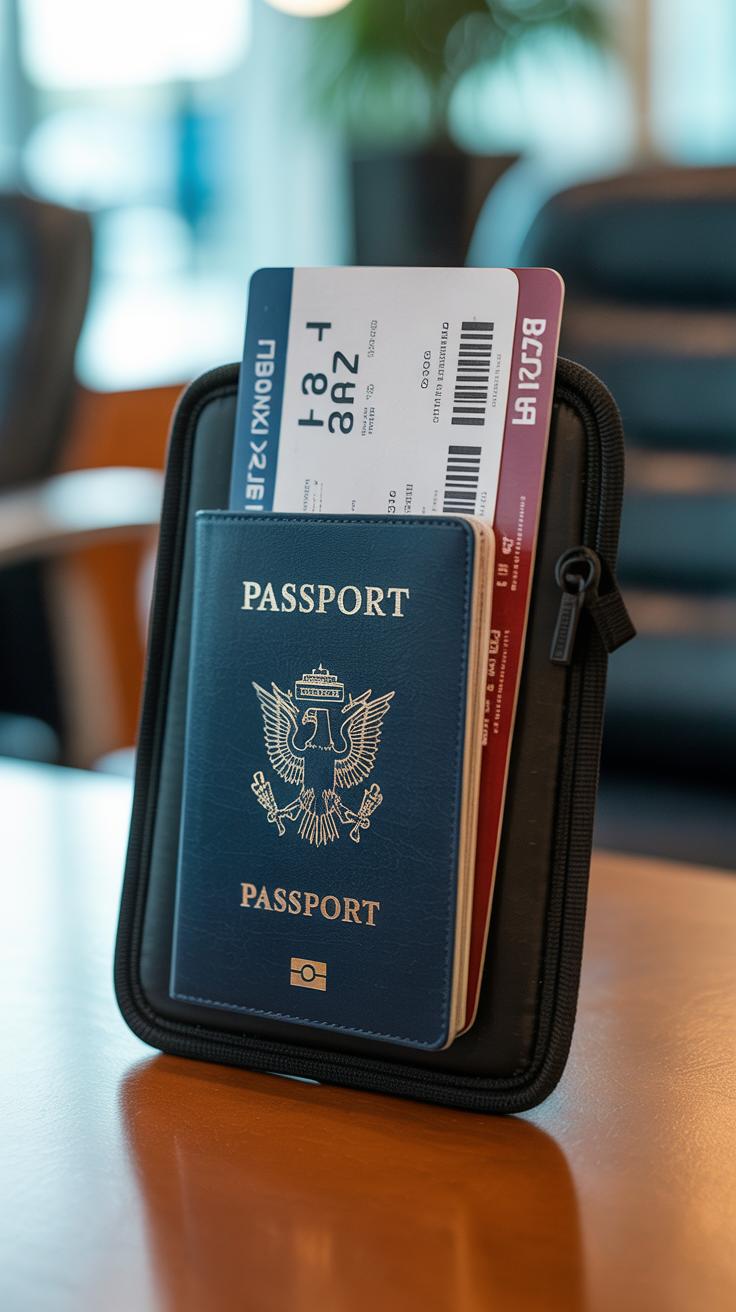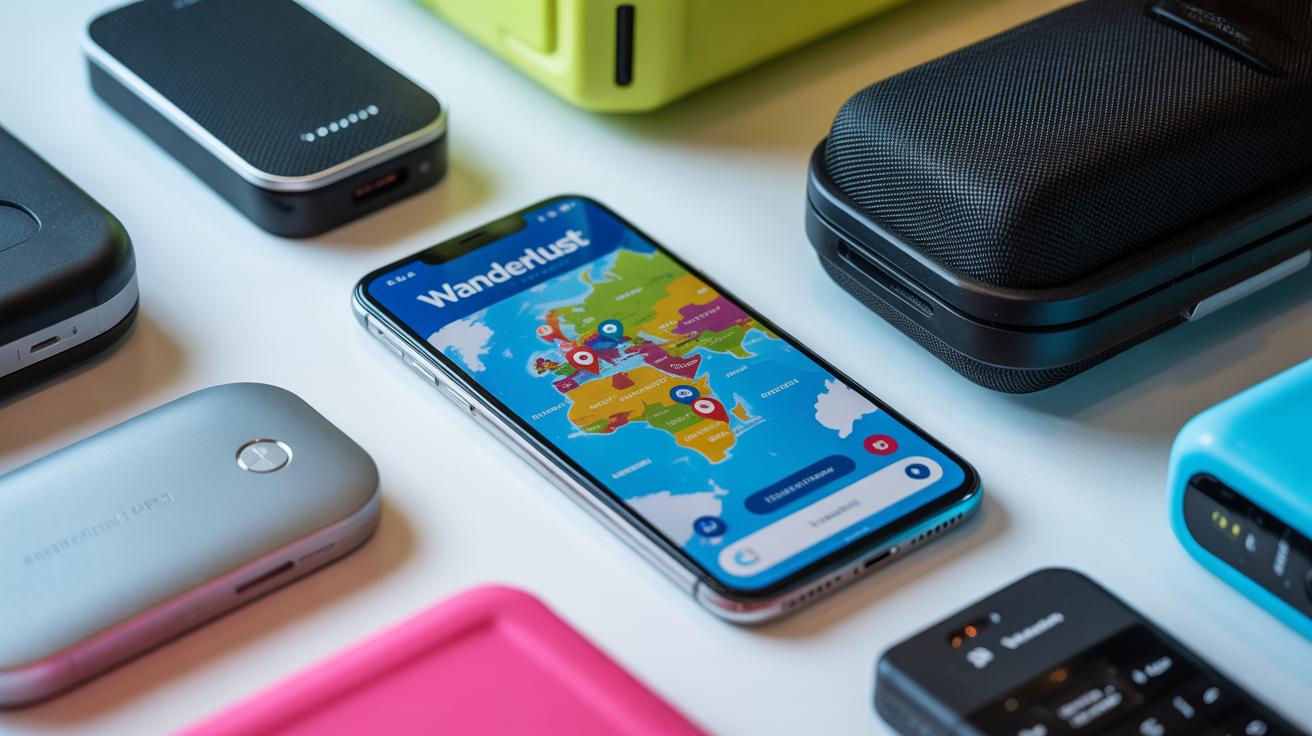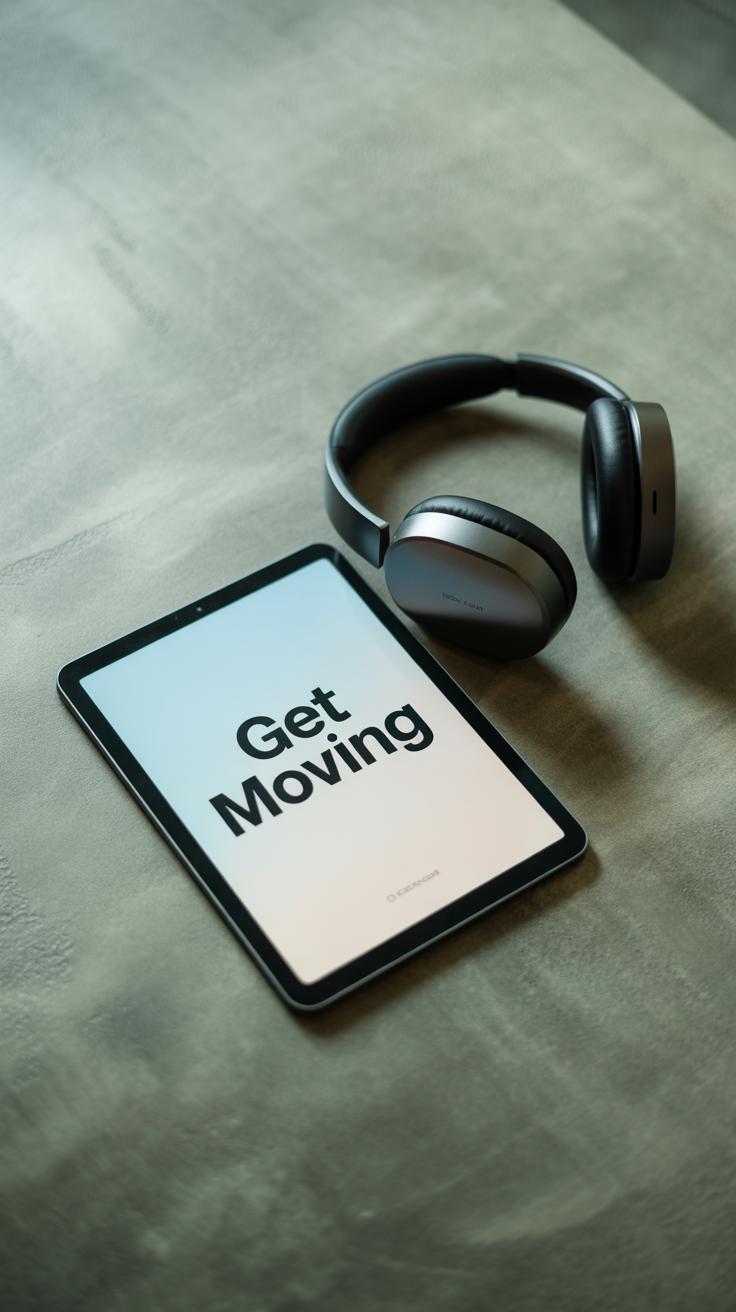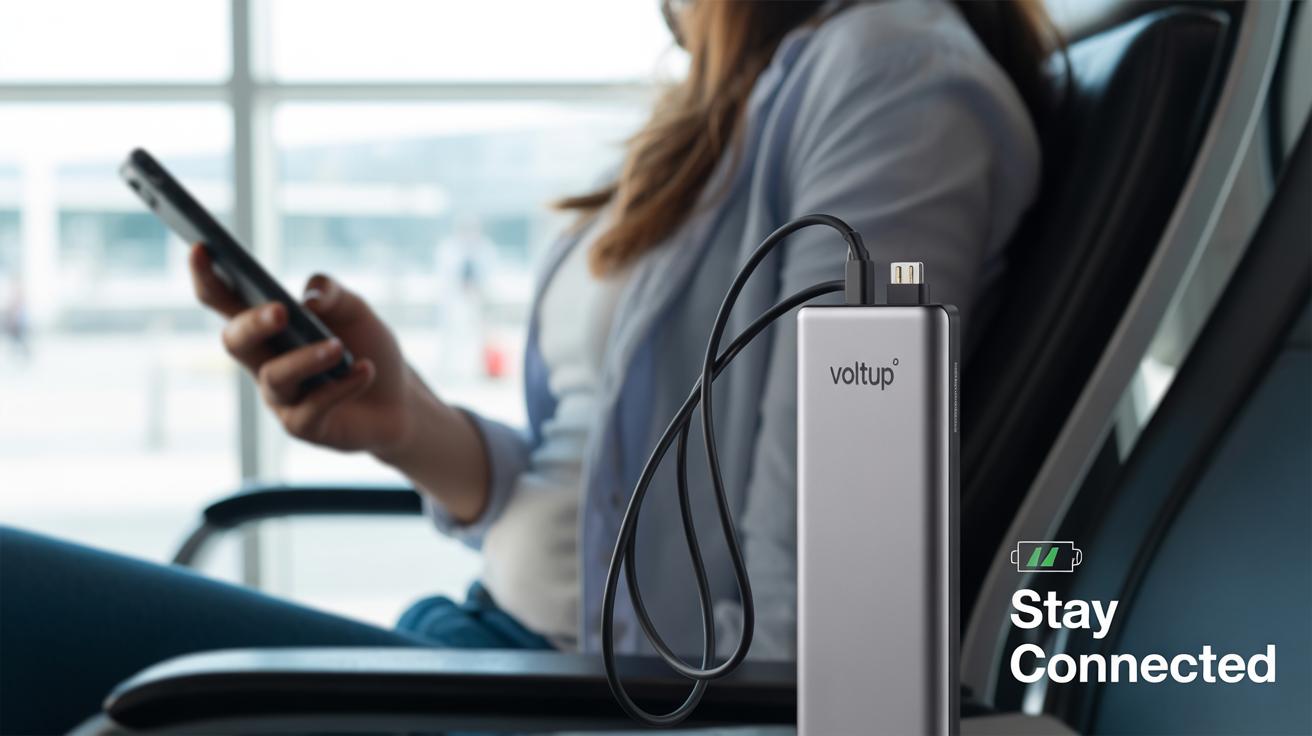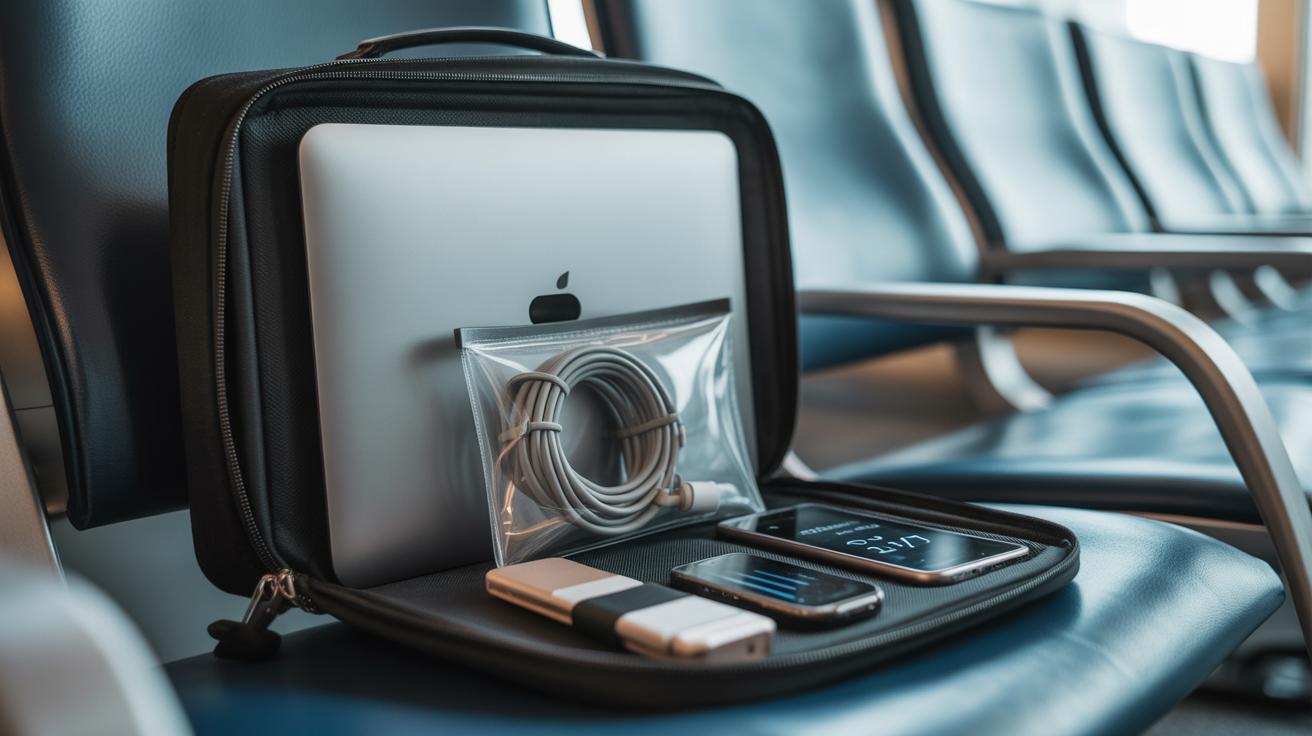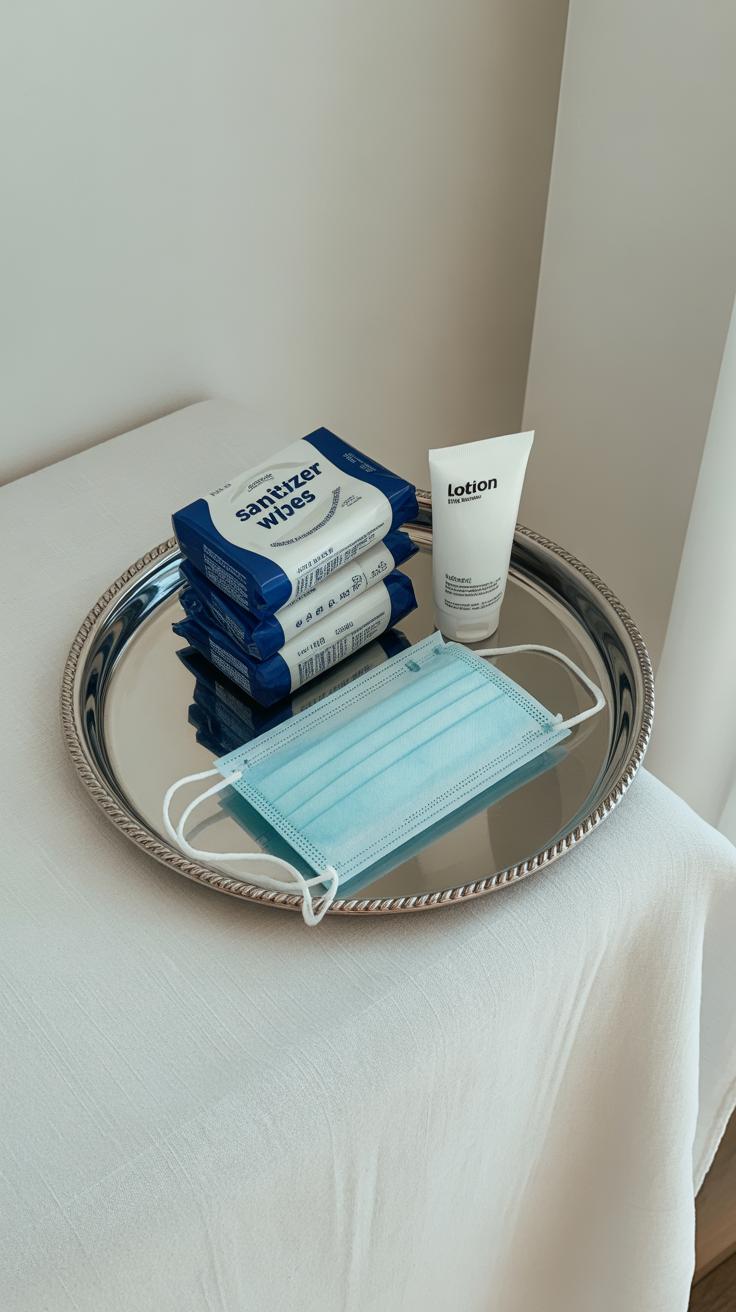Introduction
Flying can be tiring and uncomfortable without the right preparation. Airplane travel essentials help you maintain comfort, keep your devices powered, and ensure restful sleep during your journey. Knowing what to bring can transform your experience from stressful to smooth and enjoyable.
This article explores the must-have items for a comfortable and powered flight. We cover comfort products, power options, and tips to help you sleep better on the plane. By the end, you’ll be ready for your next trip with the right gear and knowledge to stay relaxed and refreshed.
Choose The Right CarryOn Bag
Picking the right carry-on bag isn’t as simple as grabbing the first one you see at the store. The size really matters—you want something that fits the airline’s limits but still holds everything you need for comfort, power, and sleep. If the bag’s too small, you’ll be scrambling to fit your essentials. Too big, and it becomes a pain to lug around or might not fit in overhead bins.
Compartments play a surprisingly big role. When your items are scattered, it’s a hassle digging through your bag mid-flight. Bags with multiple pockets and sections help keep your charger separate from, say, your neck pillow or eye mask. Plus, it means you can grab what you need without unpacking the whole thing.
Look for features that make access easy.
- External pockets for items like headphones or your phone—things you reach for often.
- Lightweight materials that don’t add extra bulk but feel durable enough to handle the trip.
- Zippers and compartments that open wide so you can see everything at a glance.
Honestly, at times I’ve picked bags that felt sleek but turned out to be a nightmare when trying to find a charging cable in the middle of the night or rummaging for a sleep mask. So making sure your carry-on fits your habits and flight needs alone can save a lot of frustration. Do you prefer everything tucked away or within instant reach? That question might help you decide what kind of organization works best for you.
Comfort Accessories For A Relaxed Flight
When you’re settled into your seat, the right comfort gear can make a noticeable difference. Neck pillows, for example, are more than just a trend. They provide crucial support, helping to prevent your head from tilting uncomfortably during long hours in a cramped space. I’ve tried those bulky ones that promise support but end up feeling stiff, and honestly, a softer memory foam pillow often does a better job cushioning the neck without forcing awkward positions.
Eye masks and ear plugs are simple but surprisingly powerful tools. Blocking out harsh cabin lights and the constant hum around you can help your mind shift towards calm. You might think you’ll sleep fine without them, but a dark, quiet environment almost always pushes your brain into rest mode faster. I sometimes find ear plugs a bit tricky—as in, they make me too aware of how quiet it’s supposed to be, but more often they drown out the noise well enough to catch some shut-eye.
A lightweight travel blanket is also worth considering. Planes can get unexpectedly chilly, and those thin airline blankets barely do the job. A soft, compact blanket improves coziness, especially combined with something to shield your eyes and block the noise. It’s a small addition but helps reduce fatigue by keeping your body warmer and less distracted by discomfort.
Think about packing these in your carry-on next time. They don’t take much space, but the comfort payoff can be significant. What comfort accessories have you relied on? Have you ever felt one item made a so-so flight much better? It often comes down to personal preference—but these essentials are a solid starting point.
Power Solutions For Your Devices
Portable Chargers And Power Banks
Portable chargers and power banks are lifesavers when you’re stuck on long flights or layovers with limited access to power outlets. Essentially, they store energy that you can use anytime, making sure your phone, tablet, or laptop keeps running without interruptions. The convenience is clear—no need to hunt for a free socket in crowded airports or wait anxiously as your battery drains.
Have you ever tried watching a show or checking emails only to have your device die halfway? That’s exactly why many travelers swear by having a reliable power bank. Just keep in mind that not all power banks can charge larger devices like laptops quickly, so consider their capacity and output before choosing one. It’s a bit tricky, but once you get the right size, it pays off.
Universal Adapters For Different Outlets
When traveling internationally, power outlets vary widely, and your usual charger might not fit. This is where universal adapters come in. They convert different plug types so your electronics can connect wherever you land. Without one, you could be stuck unable to charge during a crucial moment—imagine that mid-journey distress.
But even universal adapters have quirks. Some models only cover popular countries, so you might need specific versions or a multi-regional adapter if you’re hopping across continents. Plus, an adapter doesn’t change voltage—it just fits plugs—so double-check your devices handle local voltages to avoid surprises. It sounds complicated, and maybe it is, but carrying one adapter with multiple plug options usually solves most problems.
Smart Clothing Choices For Comfort
Choosing the right clothes for a flight isn’t just about style or what looks good in airplane lighting—it can seriously affect how comfortable you feel, especially when it comes to managing temperature. Airplane cabins can swing between chilly and stuffy unexpectedly, so picking clothing that handles these shifts can make a big difference. I’ve noticed on longer flights that what I wear can either help me relax or make me fidget endlessly.
Layering For Temperature Control
Layering is really the go-to strategy for dealing with fluctuating temperatures up in the air. Instead of one heavy sweater, think multiple lighter pieces you can add or remove with ease. For example, a t-shirt under a long-sleeve shirt, topped by a zip-up hoodie can work wonders. You’re prepared whether it suddenly gets cold or the cabin heats up—no need to dig through your bag for a jacket.
Plus, layers give you a sort of control that airplane climate systems don’t. You might be roasting while the person next to you shivers, so having layers means you can custom-tailor your comfort without disturbing anyone around you. It’s practical, and it’s almost like carrying your own personalized thermostat.
Comfortable And Breathable Fabrics
What’s under those layers matters just as much. Fabrics that breathe—like cotton, bamboo, or moisture-wicking synthetics—help keep you from feeling clammy or overheated. Synthetic blends often do a better job at pulling sweat away from your skin, so you stay dry longer, which can really help if you’re prone to feeling sticky after sitting for hours.
I’ve tried wool, too, but sometimes it feels a bit rough for long periods, and I think that’s just me. Still, it’s worth trying different materials because they can change how quickly you cool down or warm up without having to adjust your layers all the time. The key is to avoid anything too tight or thick that traps heat or restricts movement. After all, comfort means not feeling like you’re wrapped in a straightjacket halfway through the flight.
Snacks And Hydration Essentials
Flying messes with your body more than you might realize, especially when it comes to energy and hydration. I’ve noticed how quickly hunger can sneak up during a flight, and if you don’t come prepared, you’ll pay for it with fatigue or irritability. Bringing your own snacks isn’t just about avoiding airport prices—it’s about having steady energy when the airline options might not be enough or don’t suit your needs.
Some easy-to-carry snacks that work well are:
- Mixed nuts or trail mix – they’re small, pack a punch, and keep your energy up.
- Fresh fruits like apple slices or grapes – refreshing and hydrating too.
- Protein bars that aren’t loaded with sugar – these hold you over longer.
- Whole grain crackers with a bit of cheese – it’s simple and satisfying.
- Roasted chickpeas or seeds – crunchy and nutrient-rich.
They don’t just fill you up; they help keep your blood sugar stable, so you don’t end up jittery or drained unexpectedly.
Hydration is another puzzle. The dry cabin air dehydrates you faster than you might guess. You can’t just drink whenever you feel like it because sometimes, the timing or bathroom availability doesn’t line up. I try to sip water steadily, aiming for about 8 ounces every hour, rather than chugging gallons at once, which can leave you uncomfortable.
Also, it helps to avoid too much caffeine or alcohol—they dehydrate, despite giving you a false sense of alertness. Water is your best bet, and carrying a refillable bottle helps with that. Some find electrolyte drinks helpful, but plain water usually does the trick if you keep a steady pace.
Organizing Travel Documents And Essentials
Keeping your travel documents and small essentials tidy during a flight can make a big difference. When things are scattered, it’s easy to fumble and stress—especially when time feels tight. I once found myself digging through a chaotic bag just to grab my boarding pass, which wasn’t ideal. So, organizing these items so they’re easy to grab makes the whole airport experience less hectic.
Using Travel Organizers Or Wallets
A dedicated travel organizer or wallet helps keep passports, tickets, and cards all in one place. There’s something about having a slim, compact holder that fits neatly into your bag or jacket pocket. These organizers often come with multiple compartments, which means no mixed-up papers or searching for that one boarding pass. You can keep your ID, credit cards, and even foreign currency in designated spots. Personally, I find it calming to know where everything is without having to think too much about it.
Easy Retrieval During Security Checks
Getting through security quickly depends largely on how accessible your documents are. Try to keep your organizer in an easy-to-reach spot—top of the carry-on or a front jacket pocket works well. Before you get in line, it helps to already have your boarding pass and ID ready. Taking a moment to practice this at home, like pulling them out smoothly, might save you seconds at the airport that feel like minutes. It’s about minimizing fumbling. Also, don’t stuff your pockets with too many random items that can slow you down. Sometimes, less is definitely more.
Tech Gadgets To Enhance Your Flight
Noise-Canceling Headphones For Peace
Noise-canceling headphones can change the whole experience of flying—at least, they do for me. They block out the constant hum of the engine and chatter around you, making it easier to relax or focus. It’s tempting to think any headphones will do, but these go a step further by actually reducing the ambient noise, not just covering it up.
You might wonder if they’re worth the investment. Well, I’ve had flights where the roar of the plane made it hard to hear anything but static if I used regular earbuds. With noise cancellation, even noisy terminals or chatting neighbors become a distant blur. It’s not absolute silence, but close enough to feel calm. Plus, they often add better sound quality, so music or podcasts sound clearer, which is a nice bonus.
Entertainment Devices And E-Readers
Carrying bulky books or laptops on a plane feels cumbersome. That’s where e-readers and tablets really shine. They take up very little space and usually offer hours of battery life, which helps avoid constant charging worries. I once thought a tablet might die halfway through a flight and leave me bored, but many models last well beyond typical travel durations.
Choosing between them depends on your habits. E-readers are perfect if you mainly want to read; their screens are easy on the eyes and great even in low light. Tablets, however, can do more—stream movies, play games, or even let you do a little work if needed.
Have you ever found yourself scrolling endlessly on your phone, hoping to find something worth watching? With dedicated devices, you can preload content and avoid wasting time or burning through data. They’re a small addition that can make those hours less tedious, and honestly, less lonely.
Tips For Better Sleep On The Plane
Flying can totally throw off your sleep, but there are things you can try to improve it. Before your flight, shifting your sleep schedule by even an hour or two towards your destination’s time zone might help your body adjust faster. It’s not a guarantee, but I’ve noticed it softens jet lag a bit, especially on longer flights.
Once on the plane, think about how you set up your little area. Use pillows to support your neck—not just behind your head. Sometimes placing one at your lower back or even between your knees if you’re in a window seat makes a surprise difference. Don’t forget a blanket; airplane cabins can be unpredictably chilly. An eye mask can really block out the overhead lights and help signal your body it’s time to rest.
Try adopting calming habits during the flight, like lowering screen brightness well before you want to sleep and avoiding caffeine after boarding. Maybe listen to soft music or white noise through noise-canceling headphones, which can also drown out the cabin hum. Sleeping on a plane isn’t like at home, but these small adjustments create a better chance of actual rest. You might find that once you nail your space setup and prep, the sleep comes easier than you expected.
Health And Hygiene On The Plane
Hand Sanitizers And Wipes
Planes can be a breeding ground for germs, so having hand sanitizer and wipes within easy reach really makes a difference. You might think the airplane cleaning crews do a thorough job, but the truth is, surfaces like tray tables, armrests, and seatbelt buckles get touched by dozens of people. Wiping down these areas before you settle in can reduce exposure to bacteria and viruses.
Using hand sanitizer often is smart, especially before eating or after using the lavatory. Personally, I keep a small bottle in my carry-on and use it multiple times during the flight. Sometimes I even wipe my hands and phone with sanitizing wipes—yes, phones collect germs faster than you might expect.
Stretching And Movement During Flights
Remaining seated for hours can cause stiffness and poor circulation. Taking moments to stretch or walk around is not just about comfort, but health. I try to stand up every hour or so, even if it’s just a quick stroll down the aisle. It helps me feel less cramped and alert—though, I admit, sometimes I forget or hesitate because I’m engrossed in a book or movie.
Simple stretches like ankle rotations, knee lifts, or reaching overhead can ease muscle tension. You don’t need to do anything fancy—just enough movement to get the blood flowing. On longer flights especially, moving around could help prevent deeper vein issues, or at least lessen swelling. Have you noticed your legs feeling heavy after a long flight? That’s usually poor circulation kicking in.
Conclusions
Having the right airplane travel essentials makes a big difference. Comfort items like neck pillows and blankets help you relax. Power banks and chargers keep your devices working when you need them most. Sleep aids create a calm space for rest.
Preparing these essentials before your trip ensures a better flight. You’ll feel less tired and more ready to enjoy your destination. Think about your needs and pack wisely. Your comfort, power, and sleep on the plane depend on your choice of essentials.

